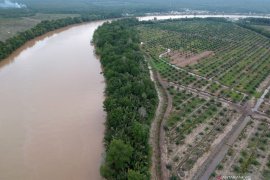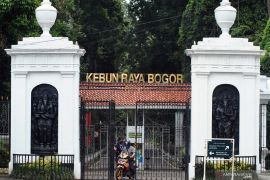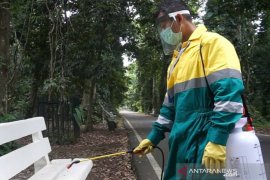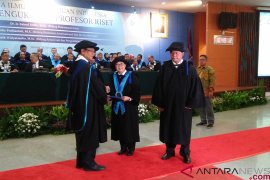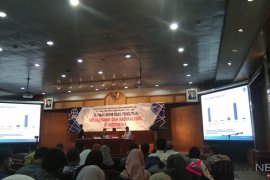"LIPI will conduct bathymetric mapping in the Indian Ocean through the 2017 Indonesian Program Initiative on Maritime Observation and Analysis (InaPRIMA). The bathymetric mapping is used as the basic analysis of a fracture pattern that triggers an earthquake," LIPI head Iskandar Zulkarnain said here on Monday.
In addition, the LIPI will conduct an oceanographic research to determine sea characteristics, connectivity, water temperature, and profiles of ocean currents that influence oceanographic conditions.
"The observation of the seafloor is very important," he remarked.
Indonesia is a meeting point of several tectonic plates. It is located between two continental plates, namely the Eurasian Plate (Sunda Plate) and Australian Plate (Sahul Shelf); and between two oceanic plates, namely the Philippine Sea Plate and Pacific Plate.
He pointed out that the number of maritime researches in the Indian Ocean is low as compared to the Pacific Ocean.
In fact, Indonesias marine expanse has an abundance of mineral resources and biodiversity, he stated.
The 2017 InaPRIMA is organized by the Meteorology, Climatology and Geophysics Agency (BMKG), the Indonesian Institute of Science (LIPI), and the National Oceanic and Atmospheric Administration (NOAA).
The expedition will take place from Feb 20 to March 16, 2017, in its routes, namely Jakarta, the Indian Ocean, Sabang, Pidie, Malaka Strait, and Jakarta.
The activities will be complemented by exhibitions, and people can visit the ship when it anchors in Sabang.
The activity is dedicated to the recovery of three and deployment of five deep-water ocean moorings as part of the Research Moored Array for African-Asian-Australian Monsoon Analysis and Prediction (RAMA).
RAMA is a multi-national effort to improve understanding of the African-Asian-Australian monsoon system and its far-field impacts. It complements a number of other moored arrays in the Atlantic and Pacific Oceans.
The Indonesian research vessel Baruna Jaya includes over 25 Indonesian scientists and researchers, three technicians from NOAAs Pacific Marine Environmental Laboratory, and 23 crews and technicians for a joint research.(*)
Editor: Heru Purwanto
Copyright © ANTARA 2017
